Our areas of expertise
Hydrogeology
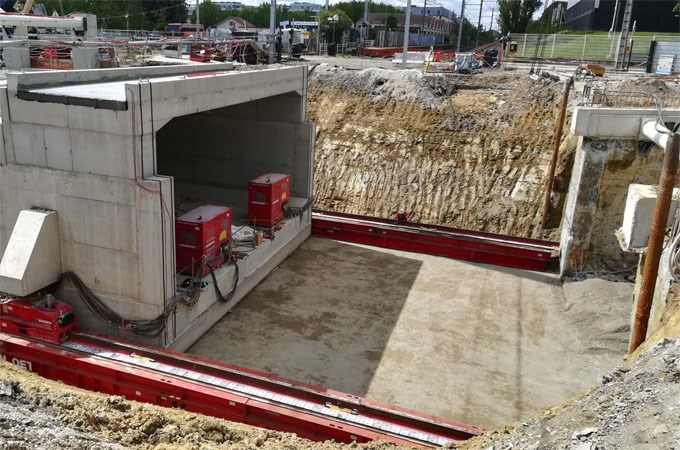
Groundwater is a major constraint in underground construction projects.
The impacts of poor adaptation of your project to the hydrogeological system and its environment can be multiple:
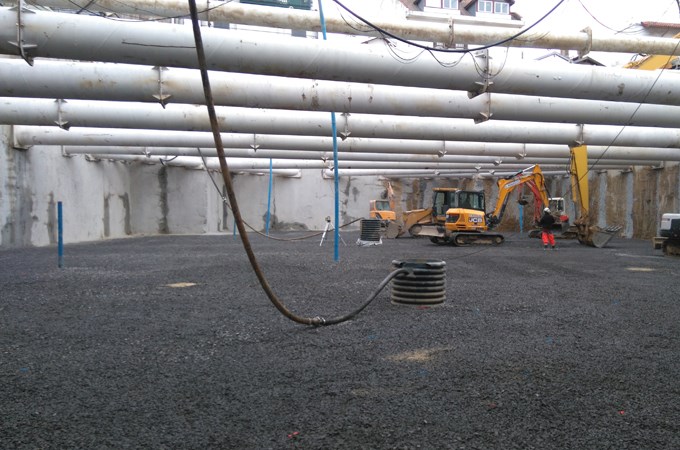
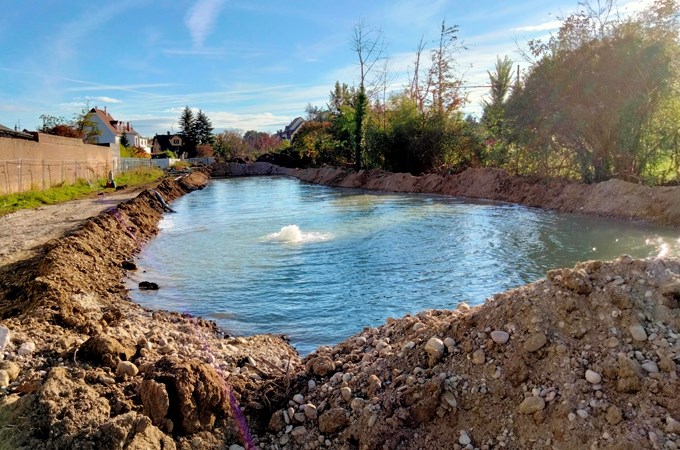
Covering the period 2022-2024, the French national sustainable rainwater management plan aims to:
De-sealing cities is in fact one of the main levers in the fight against runoff and urban flooding and the improvement of the status of aquatic environments.
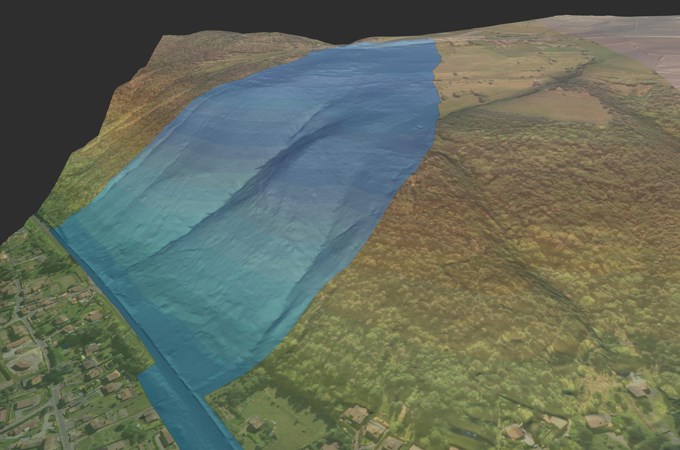
In line with this plan, we take care to include optimum management of runoff waters in our recommendations so as to limit extra surface water and encourage the replenishment of the groundwater table.
Among the possible optimisations of runoff water management, it is possible to intervene on provisional storage solutions before re-use of the water (sanitary water, firefighting water, plant watering water, washing water) or infiltration in the case of new developments of de-sealing.
Focus > BIM serving rainwater management
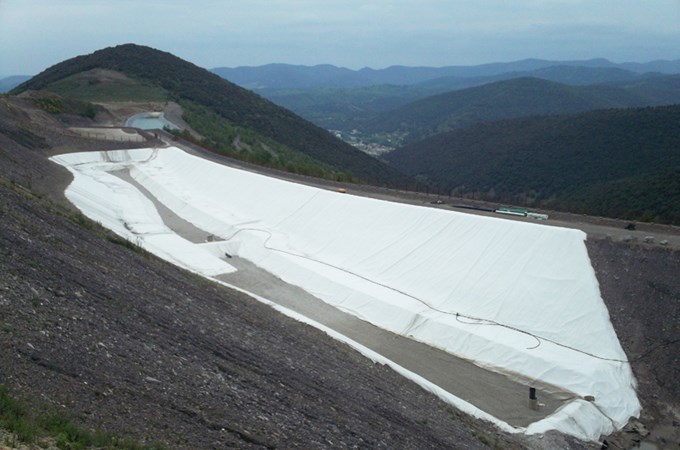
Facilities classified as constituting a risk to the environment – ICPEs, and in particular non-hazardous waste storage facilities (known as "ISDND" in France), hazardous waste storage facilities ("ISDD") or inert waste facilities ("ISDI"), quarries, mining sites: for all these facilities, it is essential to have a very detailed knowledge of the subsurface conditions to be able to use appropriate protective, management and control devices that guarantee the integrity of the natural environment.
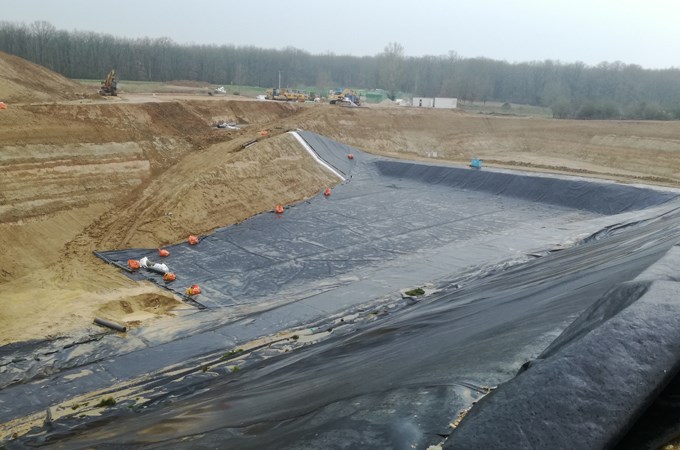
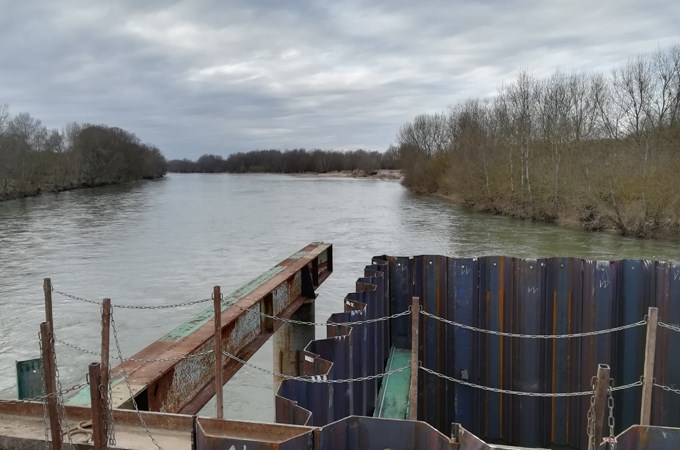
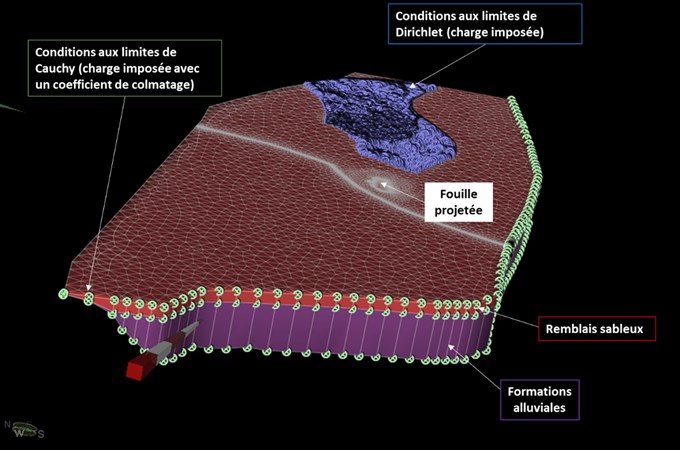
Our hydrogeologist experts use different calculation and modelling software programmes developed for hydrogeotechnical engineering, to analyse and model the impact of your projects on aquifers and complex projects.
The 2D or 3D tools used for geometrically displaying aquifers and finite difference modelling include Visual Modflow, Surfer, Feflow.

Fondasol Group in 2025
revenues
fondasolers
of the capital held by employees
sites worldwide